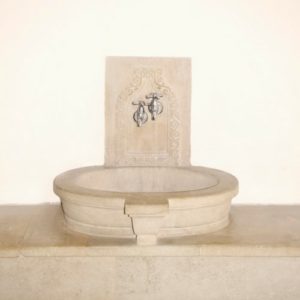Guide for Homeowners: Unveiling the History of Indoor Plumbing

The history of plumbing is actually very interesting and extends back through thousands of years. Here is an overview of some of the interesting milestones in the history of indoor plumbing.
Early Historical Facts
To our knowledge, the first indoor plumbing is traced back to around 4000-6000 B.C. A copper piping network was discovered in the ruins of a palace in India. In Crete, centuries later there were also complex plumbing networks.
The first flushing toilet is also credited to Crete during the same era; although a there a basic toilet (seat and crude flushing mechanism) had been found in a Neolithic village in the UK, dated 1200 years earlier.
Egypt, Rome and European Influence

They believed that the dead needed to have the same comforts of home available that they had when they were alive, which is why they stocked tombs with food and built bathrooms. From approximately 500 B.C. – 455 A.D., the Romans created a network of sewers and aqueducts that ran for hundreds of miles.
They fed fresh water into the private and public bathhouses, which not only had bathing facilities, but steam rooms as well. There was also drainage that carried waste water away from the bathhouse to the Tiber River. In Europe over the next few centuries, there were a number of advances, including the first indoor water closet in the 16th century.
But it did take time for this to be more common. Despite having a main sewer line constructed through the palace, it was a very long time before there were actually indoor toilets in Versailles, for instance. During the era of Marie Antoinette, the aristocracy used close stools, which were fancy upholstered chairs that had a removable chamber pot. If only that sewer line had connected to the close stools, life would have been simpler at Versailles.
Modern Plumbing

Consider switching to a dual flush toilet or a low-flow showerhead to get the benefits.
